Bangladesh, a country steeped in a rich tapestry of cultural heritage, boasts a remarkable array of ancient mosques that not only showcase exquisite craftsmanship but also narrate tales of religious devotion and architectural ingenuity. From the majestic Kusumba Mosque to the intricately adorned Bagha Mosque, each of these historical monuments holds a unique place in the annals of Islamic architecture in Bengal. Let's delve into the captivating history, design, and significance of these ancient mosques that dot the landscape of Bangladesh.
Kusumba Mosque: A Testament to Afghan Architecture
Location: Kusumba village, Manda Upazila, Naogaon District
Built By: Sulaiman, a high-ranking Afghan official
Construction Period: 1558-59
Architecture Style: Afghan
Unique Features: Stone carvings, terracotta plaques, glazed tiles, intricate mihrabs
The Kusumba Mosque, often hailed as the "Black Gem of Bengal," stands as a remarkable example of Afghan architecture in Bangladesh. Constructed during the reign of Ghiyasuddin Bahadur Shah, this mosque is crafted from brick and stone, featuring a rectangular layout with multiple arched doorways and fifteen distinct domes. The exterior walls are adorned with exquisite stone carvings, terracotta plaques depicting floral motifs, and glazed tiles that create a striking contrast against the dark basalt stone background.
Despite suffering damage from a historic earthquake in 1897, the Kusumba Mosque retains its allure, serving as a testimony to the cultural diversity of Bengal and the creative adaptation of local materials into architectural masterpieces. Today, this mosque continues to be a site of worship and celebration for local communities, embodying the enduring legacy of Afghan influence in Bangladesh.
Chunakhola Mosque: A Hidden Gem of Bagerhat
Location: Chunakhola village, Bagerhat District
Built By: Khan Jahan Ali, a Turkish general and saint
Construction Period: 15th century
Architecture Style: Bengali
Unique Features: Terracotta panels, lotus-shaped finials, remote location
The Chunakhola Mosque, nestled in the lush landscapes of Bagerhat, epitomizes the architectural prowess of Khan Jahan Ali. This mosque, part of the renowned Mosque City of Bagerhat, showcases a square layout with decorative terracotta panels, intricate inscriptions in Arabic and Persian, and elegant domes supported by brick arches and pendentives. Despite its remote and secluded location, the Chunakhola Mosque remains a treasured heritage site, reflecting the patronage of Khan Jahan Ali and his contributions to art and culture in Bengal.
Choto Sona Mosque: The Golden Glory of Chapai Nawabganj
Location: Chapai Nawabganj District
Built By: Wali Muhammad, a high-ranking official of the Mughal Empire
Construction Period: 16th century
Architecture Style: Mughal
Unique Features: Gilded copper domes, stone carvings, glazed tiles, corner towers
The Choto Sona Mosque, aptly named for its golden hue achieved by gilding copper domes, exemplifies the opulence of Mughal architecture in Bengal. Constructed during the reign of Sultan Alauddin Husain Shah, this mosque boasts a rectangular layout with elaborate stone carvings, glazed tiles depicting floral motifs, and distinctive corner towers crowned with small domes. Despite the ravages of history, including looting by Maratha invaders in the 18th century, the Choto Sona Mosque stands as a testament to the grandeur of the Mughal era and its enduring impact on Bengal's architectural heritage.
Bagha Mosque: A Terracotta Treasure of Rajshahi
Location: Bagha Upazila, Rajshahi District
Built By: Nasiruddin Nusrat Shah, a governor of the Sultanate of Bengal
Construction Period: 1523
Architecture Style: Terracotta
Unique Features: Elaborate terracotta panels, lotus-shaped finials, octagonal corner towers
The Bagha Mosque, hailed as one of Bangladesh's finest examples of terracotta architecture, mesmerizes visitors with its intricate designs and vibrant colors. Constructed during the reign of Sultan Nasiruddin Nasrat Shah, this mosque features a square layout adorned with elaborate terracotta panels depicting floral and geometric patterns, inscriptions in Arabic and Persian, and distinctive octagonal corner towers. Despite the challenges of weathering and deterioration over the centuries, efforts are underway to preserve and restore the Bagha Mosque, ensuring its legacy as a cultural treasure of Rajshahi.
Khania Dighi or Rajbibi Mosque: An Enigmatic Relic of Mymensingh
Location: Near Khania Dighi, Mymensingh District
Construction Period: 17th century
Architecture Style: Mughal
Unique Features: Integrated architectural complex with a water tank, terracotta panels, lotus-shaped finials
The Khania Dighi or Rajbibi Mosque, situated near a large water tank believed to be built by the legendary princess Rajbibi, reflects the spiritual and cultural significance of water in Islamic tradition. This mosque, with its square layout and terracotta-adorned walls, serves as a place of worship and community gatherings for local residents. Despite the passage of time, the Khania Dighi or Rajbibi Mosque continues to resonate with the echoes of history, offering insights into Bengal's multicultural heritage and the enduring influence of Mughal architecture.
In conclusion, the ancient mosques of Bangladesh represent not only architectural marvels but also repositories of history, culture, and religious devotion. From the graceful Afghan designs of the Kusumba Mosque to the opulent Mughal influences of the Choto Sona Mosque, each of these monuments tells a captivating story of craftsmanship and legacy. As custodians of Bangladesh's rich heritage, it is imperative to preserve and celebrate these ancient mosques, ensuring that future generations can marvel at their beauty and appreciate their profound significance in the mosaic of Islamic architecture in Bengal.



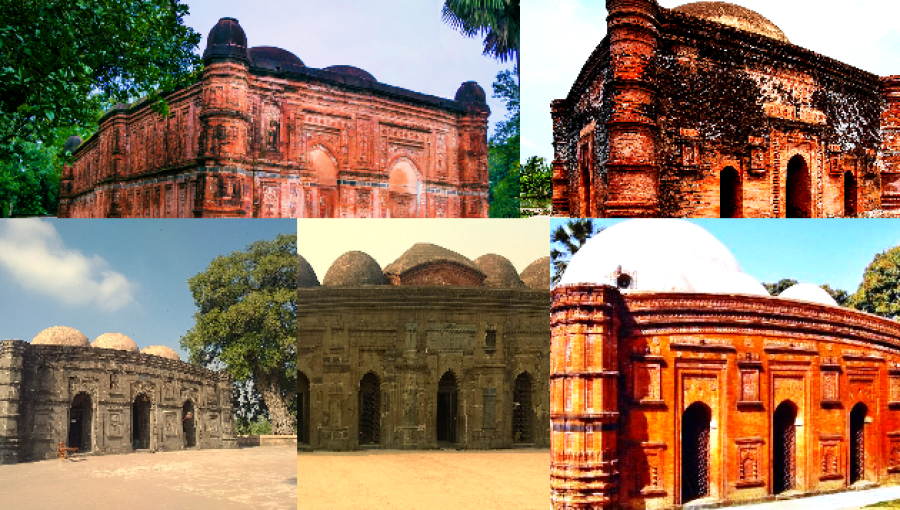
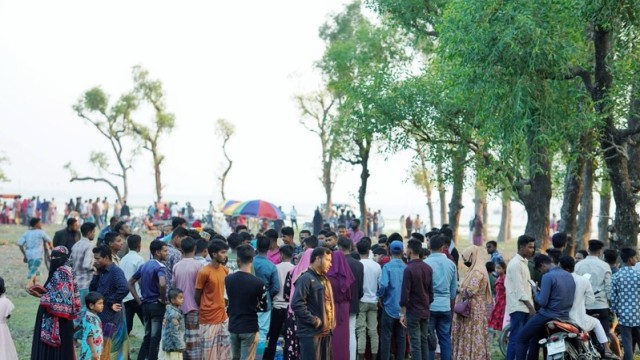







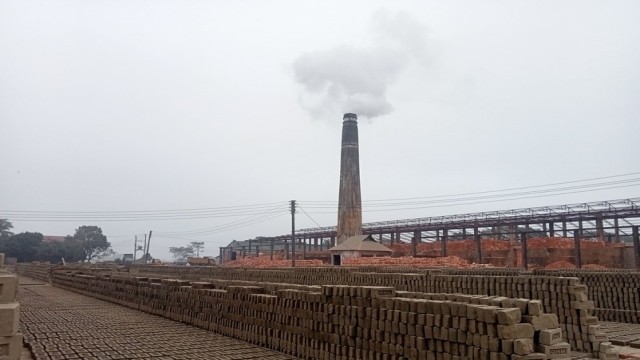
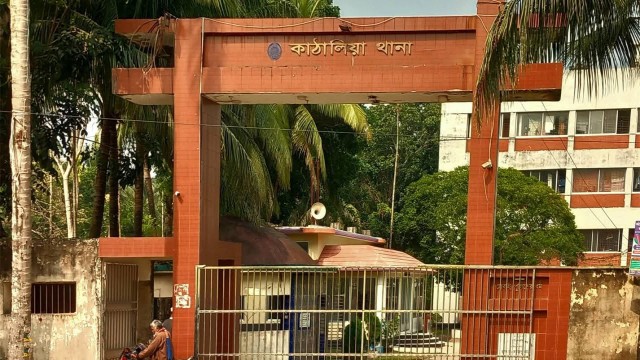



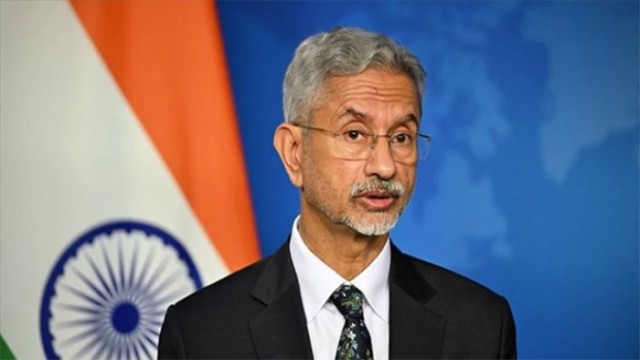
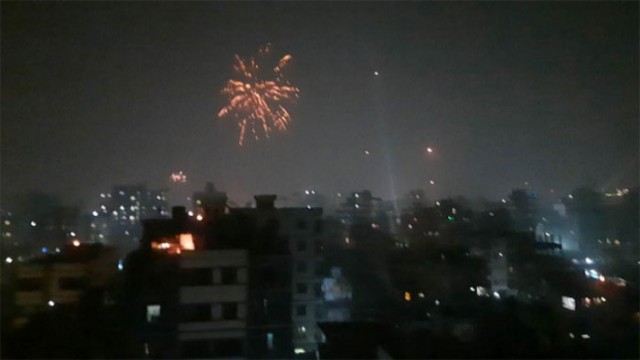
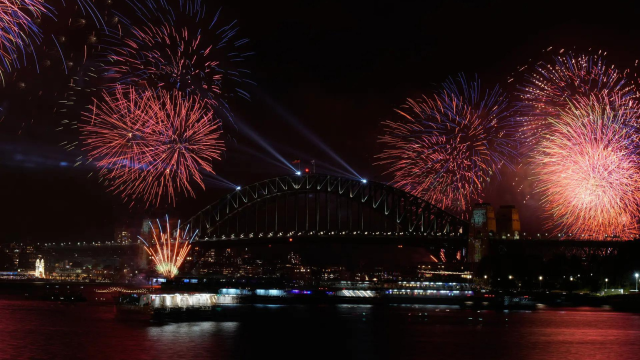


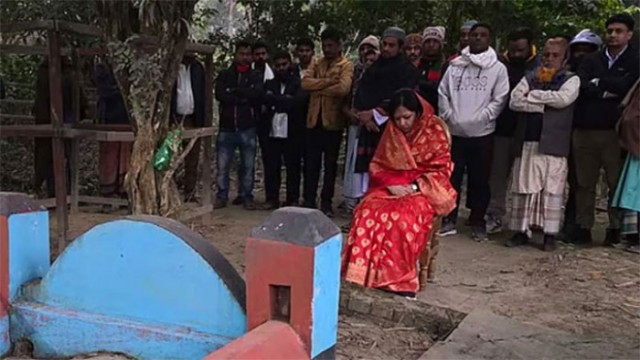

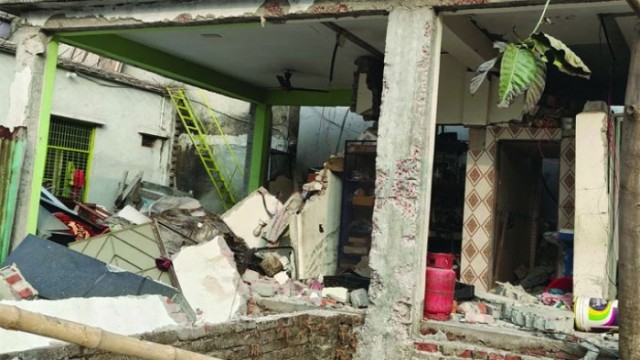





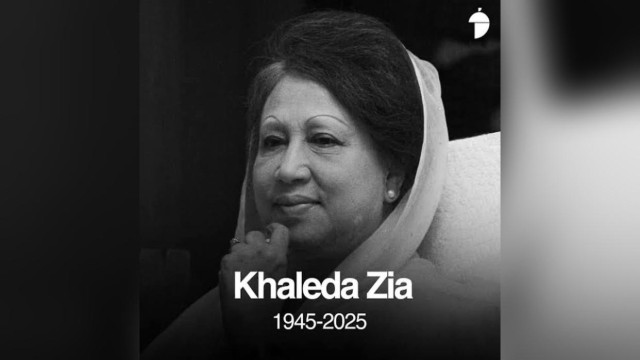
Comment: